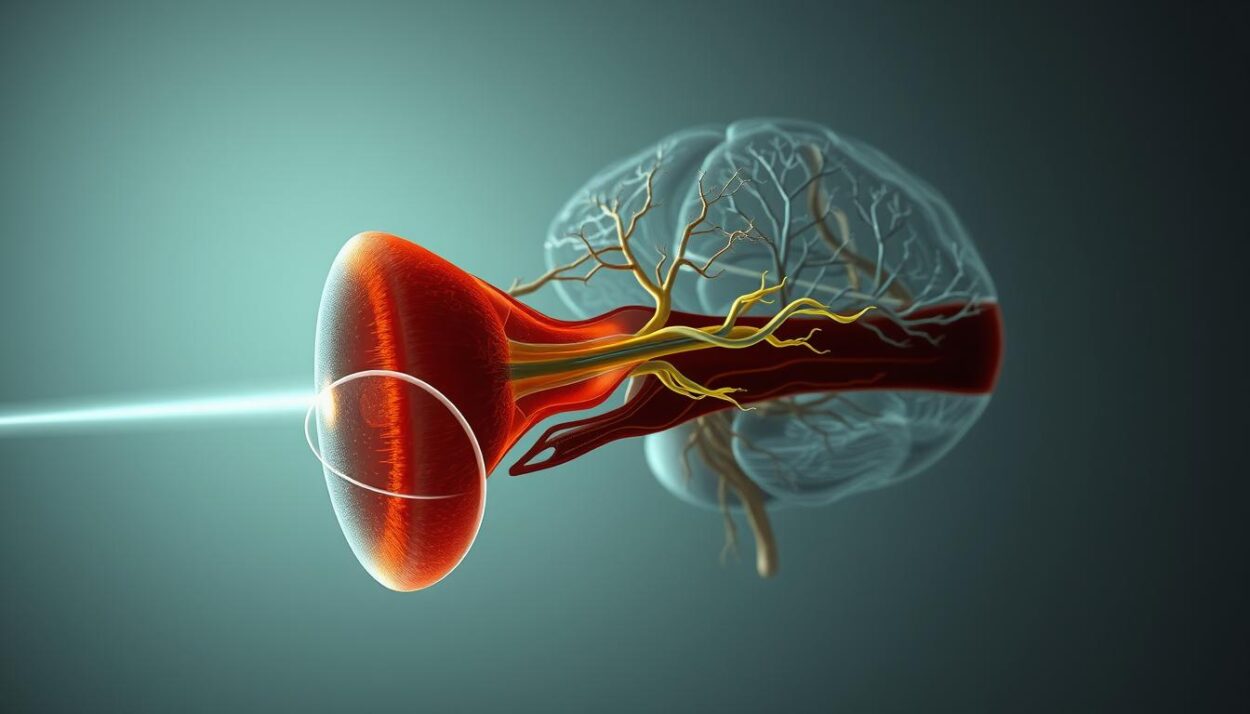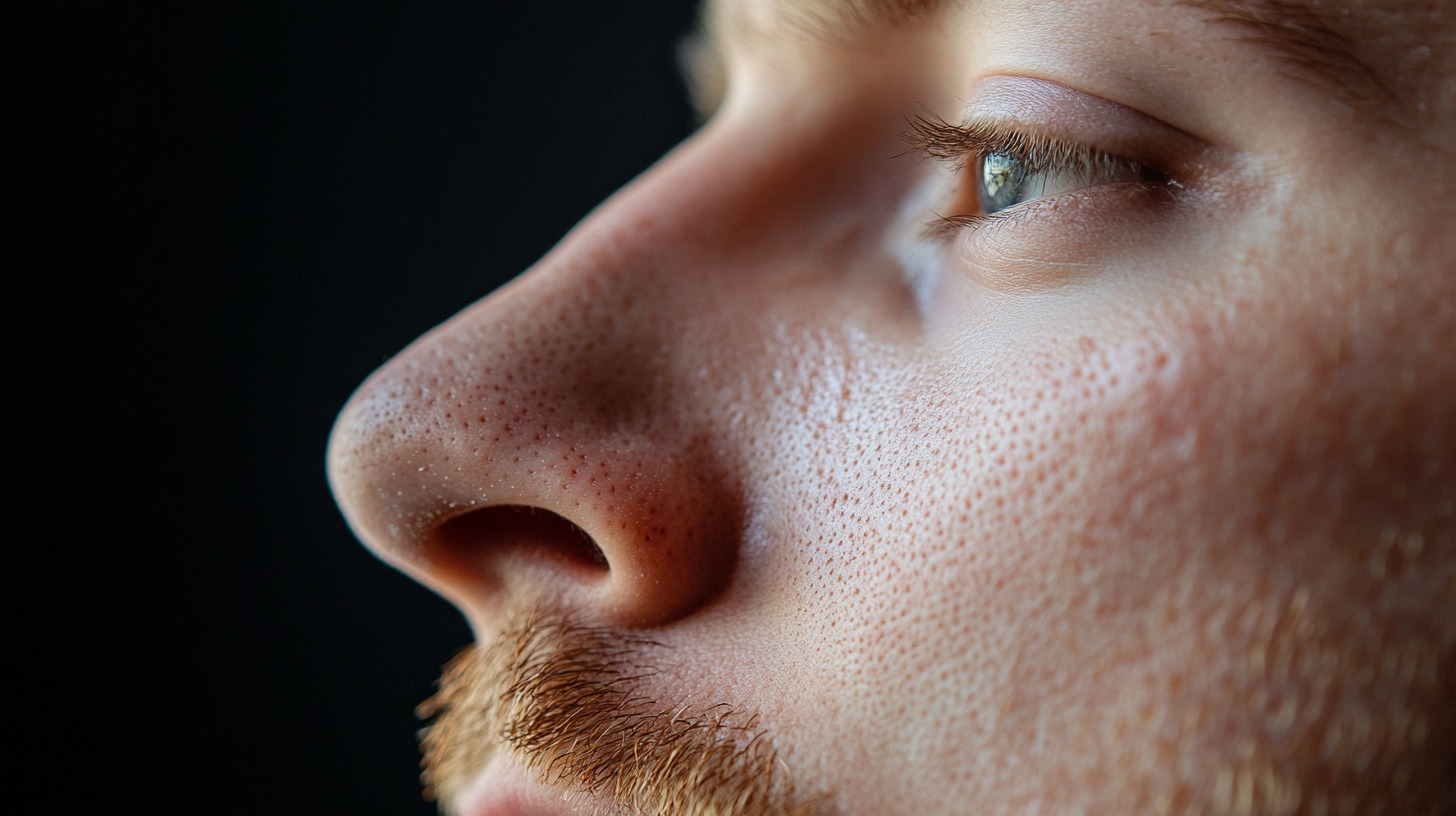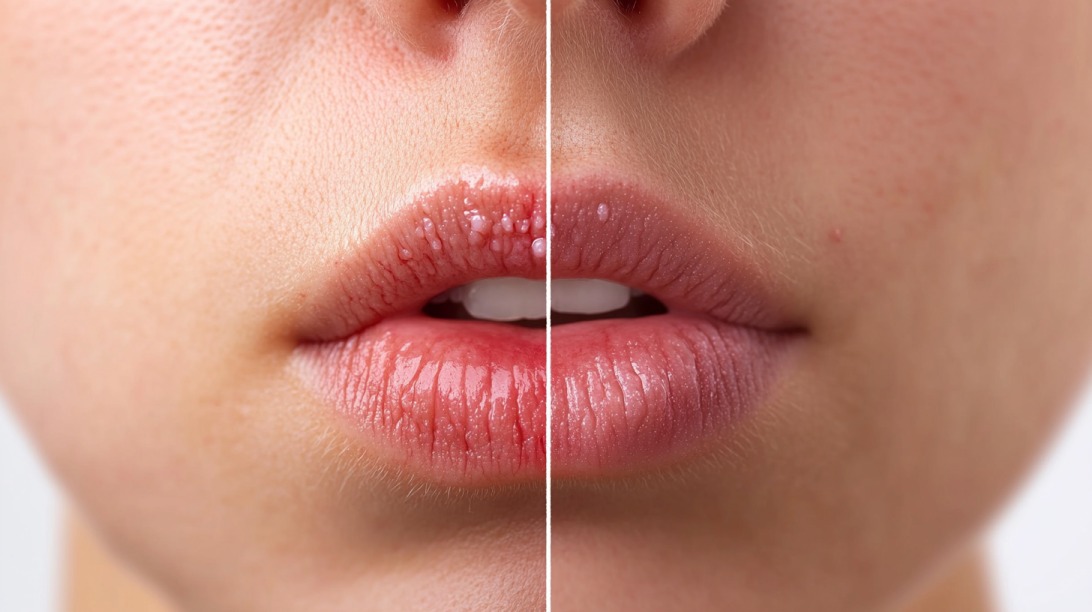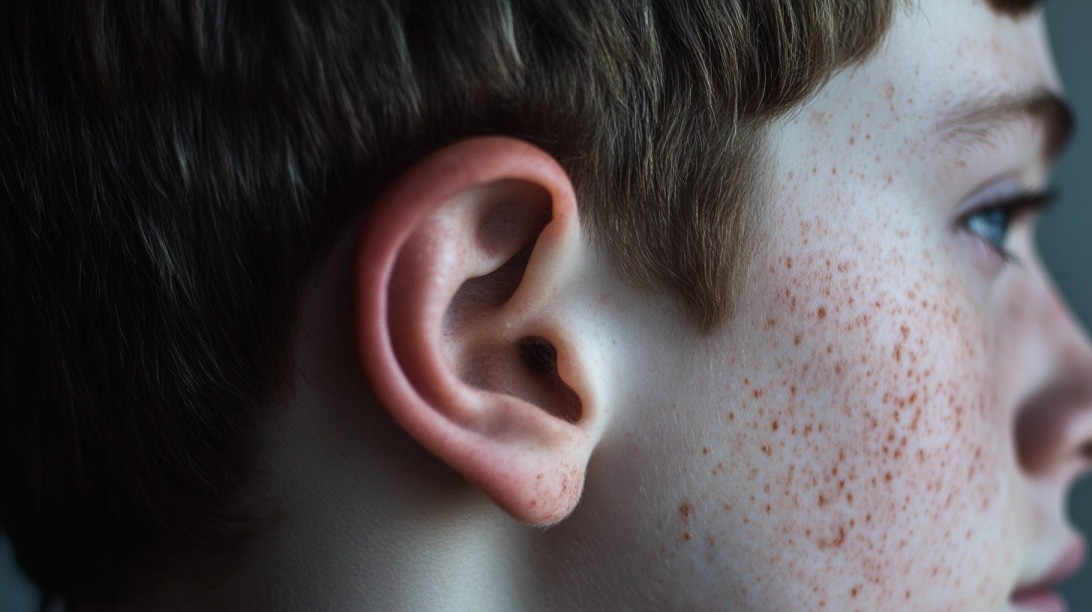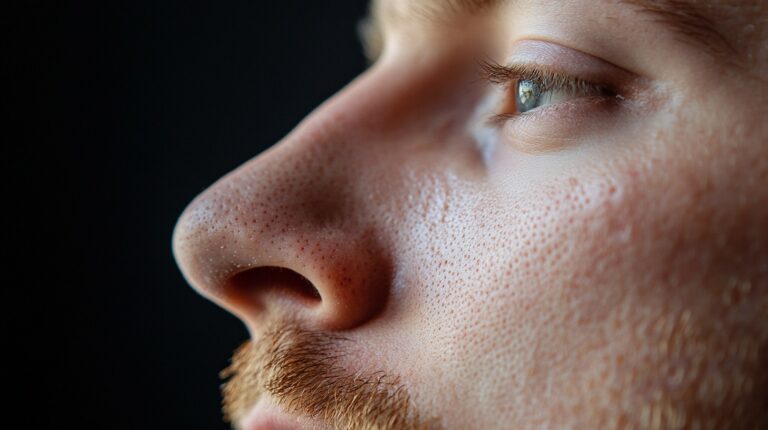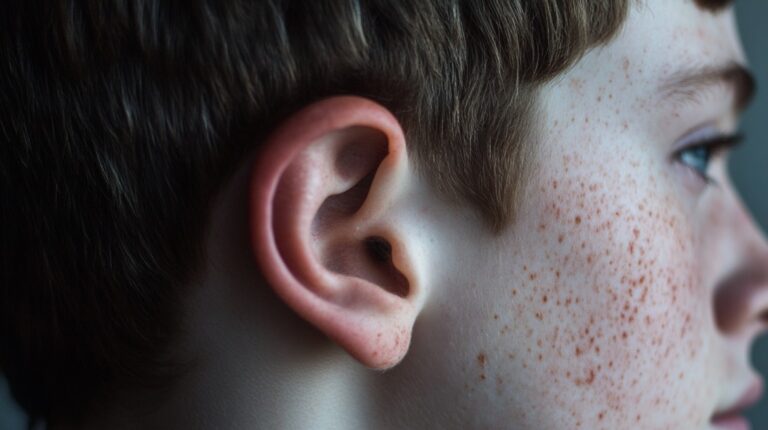Did you know that over 95% of our perceptions are shaped by our prior knowledge and experiences? This staggering statistic underscores the importance of understanding two fundamental cognitive models: top-down and bottom-up processing. In the realm of cognitive psychology, these concepts provide critical insights into how humans perceive and interpret sensory information. Top-down processing leverages existing frameworks of knowledge to guide our interpretation, while bottom-up processing builds perceptions from the raw data received by our senses. This article will explore these two approaches, clarifying how they interact, their implications in various contexts, and why understanding the difference is essential for comprehending human cognition.
Key Takeaways
- Top-down processing relies on previous knowledge and expectations.
- Bottom-up processing is driven by sensory input and raw data.
- Understanding the difference enhances insights into human perception.
- These processes play crucial roles in cognitive psychology.
- They apply across various contexts, including education and communication.
Introduction to Cognitive Processing Models
Cognitive processing models offer crucial insights into how individuals perceive and engage with their environment. These frameworks encompass various mental activities, including thought, memory, and problem-solving, which define Cognitive Psychology as a discipline. Understanding cognitive processing is essential for several reasons, particularly in examining how perception and cognition shape human behavior.
Definition of Cognitive Processing
Cognitive processing pertains to the mental mechanisms involved in acquiring knowledge and comprehension. This includes the processes of thinking, knowing, remembering, and judging. Such activities are fundamental in understanding how individuals process information, emphasizing the relevance of Cognitive Processing Models in explaining these cognitive phenomena.
Importance of Understanding Cognitive Processes
Grasping the concepts within Cognitive Psychology, especially the distinction between top-down and bottom-up approaches, can enhance various fields from education to business. By recognizing how these cognitive processes impact perception and cognition, educators and professionals can develop strategies to facilitate learning and optimize communication. This, in turn, leads to more impactful decision-making and improved problem-solving abilities.
What is Top-Down Processing?
Top-Down Processing refers to the cognitive approach in which prior knowledge and experiences shape perception. This method relies on existing mental frameworks or cognitive hierarchies that allow individuals to interpret sensory information effectively. By utilizing these frameworks, one can fill in the gaps of ambiguous stimuli, thus influencing perceived reality.
Influence of Prior Knowledge and Experience
The influence of prior knowledge and experience plays a critical role in Top-Down Processing. Individuals often rely on their existing understandings to make sense of new information. This approach allows for quicker comprehension and navigation through complex environments. For instance, when encountering unfamiliar words, a person may draw from their language skills and contextual clues to infer meaning. This cognitive integration showcases how mental processes function together to enhance understanding.
Examples in Everyday Life
Everyday examples of Top-Down Processing illustrate its significance. Recognition of faces in diverse contexts often rests on previous encounters. Similarly, interpreting music relies on familiarity with its genre, as a listener may anticipate certain patterns or structures. In reading, people do not focus solely on each individual letter; rather, they utilize context and previous knowledge to extract meaning from sentences. These examples highlight the effectiveness of Top-Down Processing in simplifying and making sense of the complexities of daily experiences.
| Feature | Top-Down Processing | Bottom-Up Processing |
|---|---|---|
| Definition | Influenced by prior knowledge and experiences | Driven solely by sensory input |
| Approach | Contextual and conceptual | Data-driven and analytical |
| Speed | Faster due to reliance on existing frameworks | Slower as it requires detailed analysis |
| Examples | Reading sentences, recognizing familiar faces | Identifying colors or shapes |
Understanding Bottom-Up Processing
Bottom-Up Processing represents a fundamental approach to perception where the interpretation starts from the raw stimuli, moving from sensory input to higher-level cognitive functions. This model emphasizes how individuals process sensory information without prior knowledge or expectations influencing their perceptions. The examination of this processing reveals distinct characteristics and highlights its vital role in interpreting the sensory environment.
Characteristics of Bottom-Up Processing
One of the defining characteristics of Bottom-Up Processing is its reliance on immediate sensory input. Perception forms directly based on the information captured through senses such as sight, sound, and touch. This processing is often data-driven, meaning individuals construct perceptions from the ground up rather than the top down.
Role in Sensory Input and Interpretation
The role of Bottom-Up Processing in sensory input is crucial for accurately interpreting new experiences. For instance, when encountering an unfamiliar object, the sensory receptors analyze its colors, textures, and shapes. This analysis allows individuals to develop an initial perception informed solely by the sensory input received, devoid of preconceived notions. Bottom-Up Processing serves as a foundation for recognizing and interpreting novel stimuli, making it essential within Information Processing Models.
Top-Down vs. Bottom-Up Processing: Understanding the Difference
The examination of Top-Down vs. Bottom-Up Processing reveals fundamental aspects of cognitive mechanisms. Each of these processes offers unique advantages depending on the context in which they are applied. Understanding these differences can greatly enhance knowledge in fields such as Cognitive Neuroscience and its relationship to Mental Processes.
Comparison of Mechanisms
Top-Down Processing initiates with pre-existing cognitive frameworks, relying on prior knowledge to shape perception. This approach allows individuals to navigate and interpret information based on expectations, making it particularly useful in ambiguous scenarios. Conversely, Bottom-Up Processing relies solely on sensory input, utilizing raw data to build perceptions from the ground up. This method is vital when encountering unfamiliar stimuli, as it eliminates bias from previous experiences.
Application Across Different Contexts
The application of these cognitive processing styles varies widely across different areas. In educational settings, Top-Down Processing facilitates learning by helping students connect new information with known concepts. Meanwhile, Bottom-Up Processing is essential in therapy environments, where individuals must develop new interpretations of their experiences without preconceived notions. In technology design, knowing when to implement each style can affect user experience, enhancing usability and engagement.
| Aspect | Top-Down Processing | Bottom-Up Processing |
|---|---|---|
| Starting Point | Higher-order cognitive functions | Sensory input |
| Applications | Education, ambiguous situations | Unfamiliar environments, sensory interpretation |
| Strengths | Guided by expectations | Accurate perception without biases |
| Weaknesses | May lead to misinterpretation | Can be inefficient in complex tasks |
Examples of Top-Down and Bottom-Up Processing in Action
Understanding how top-down and bottom-up processing manifest can deepen insights into cognitive psychology. These processes interplay significantly in two primary areas: visual perception and language comprehension. Analyzing their applications reveals how sensory input is interpreted differently based on context and prior knowledge.
Visual Perception and Illusions
Visual perception often showcases the dynamics of top-down processing. Optical illusions serve as prime examples where our expectations alter reality. For instance, the famous Müller-Lyer illusion, where lines appear longer or shorter based on surrounding arrows, demonstrates how prior experiences skew interpretation. This distortion occurs as the brain attempts to simplify sensory input, leading to misleading perceptions. Cognitive psychology investigates these effects to illuminate the complexities of human observation.
Impact on Language Comprehension
Language comprehension similarly relies on both processing types. When individuals read text, bottom-up processing decodes the words and sounds, establishing a platform for understanding. Contextual information, a component of top-down processing, shapes interpretations, particularly in ambiguous cases. For instance, the sentence “The bank can be a great place to fish” can mean different things based on surrounding context. Recognizing this interaction enhances communication efficacy by highlighting how sensory input influences understanding and meaning in conversations.
The Interplay Between Top-Down and Bottom-Up Processing
Top-down and bottom-up processes enhance cognitive functionality by working together in complex ways. Both styles of processing contribute to richer and more effective learning experiences. Understanding how these processes interact reveals valuable insights into cognitive development, which can inform educational strategies.
How Both Processes Work Together
In various scenarios, individuals leverage bottom-up and top-down processing to navigate new information. Bottom-up processes focus on immediate sensory inputs, while top-down processes utilize existing knowledge and context. This synergy ensures that new learnings are placed within a familiar framework, enabling smoother integration and comprehension.
Implications for Learning and Cognitive Development
The integration of top-down and bottom-up processes has significant implications for learning. In educational settings, learners benefit when both processes are actively engaged. For example, as students explore subjects, they can rely on foundational knowledge (top-down) while simultaneously analyzing new data (bottom-up). This dual approach fosters deeper cognitive development, enhancing retention and application of knowledge.
| Process Type | Definition | Examples in Learning |
|---|---|---|
| Top-Down Processing | Involves using prior knowledge to interpret information | Understanding a concept based on previous lessons or experiences |
| Bottom-Up Processing | Focuses on analyzing sensory data to build understanding | Learning new vocabulary through context and usage |
| Integrated Approach | Combines both processing types for comprehensive learning | Mastering a musical piece while understanding its structure and theory |
Conclusion
Understanding the difference between top-down and bottom-up processing is essential for comprehending how individuals perceive and interact with their surroundings. Top-Down vs. Bottom-Up Processing involves two distinct cognitive approaches that shape human experience, influencing everything from immediate sensory perceptions to higher-order interpretations of complex stimuli. Recognizing these processes lays a foundation for broader insights into cognitive psychology.
Both top-down and bottom-up processing are integral to various fields, including education, technology, and therapeutic practices. In educational settings, leveraging these methods can create more effective learning environments. For professionals in technology, understanding these cognitive models informs the design of user interfaces that align with natural perceptual tendencies. In therapeutic contexts, practitioners can utilize these insights to tailor interventions that enhance learning and emotional regulation.
Ultimately, grasping the nuances of top-down vs. bottom-up processing equips individuals with critical cognitive strategies. This understanding not only fosters improved learning outcomes but also aids in adapting to increasingly complex environments. By deepening their knowledge of these cognitive processes, readers can enrich their socio-cognitive interactions and enhance their overall engagement with the world around them.


